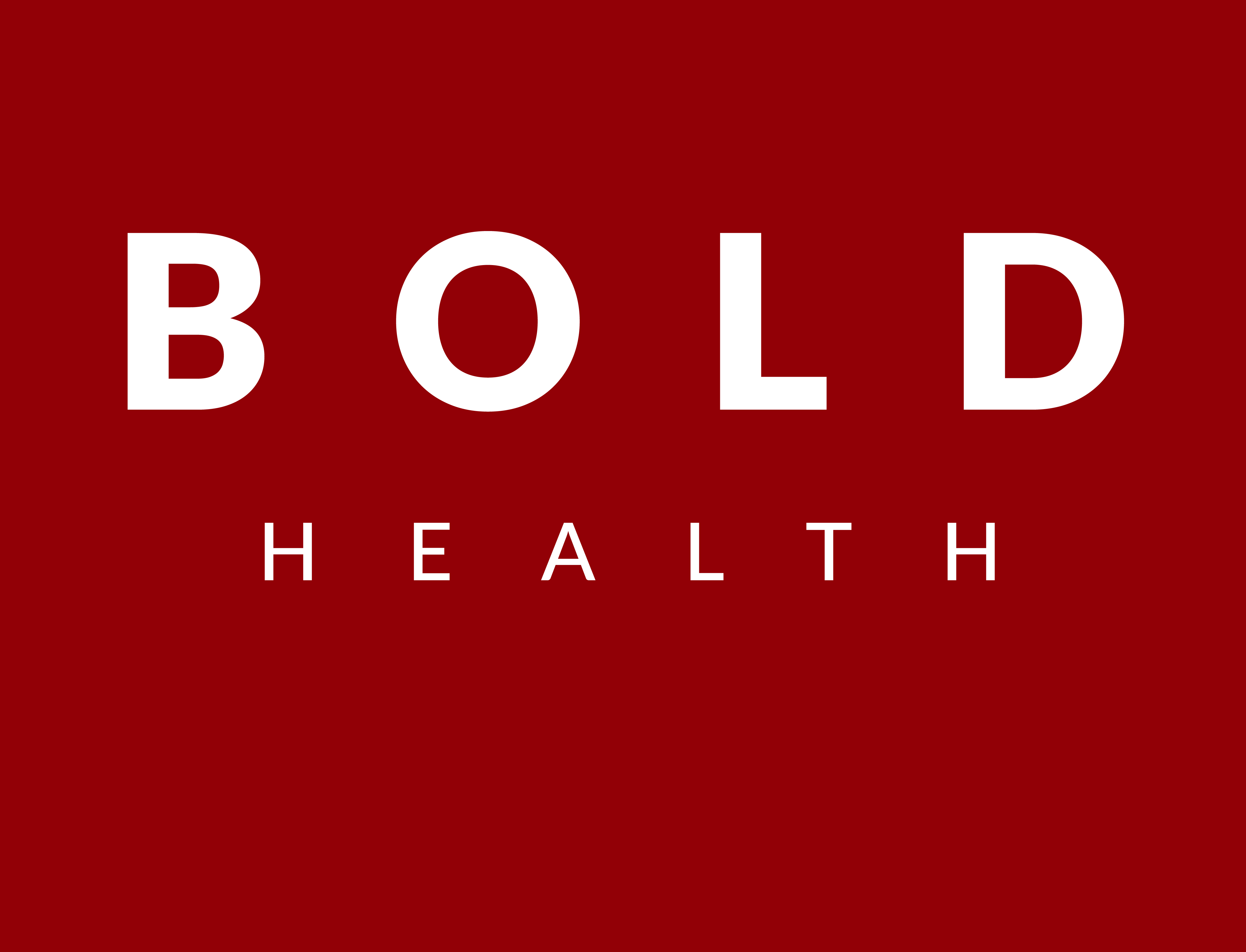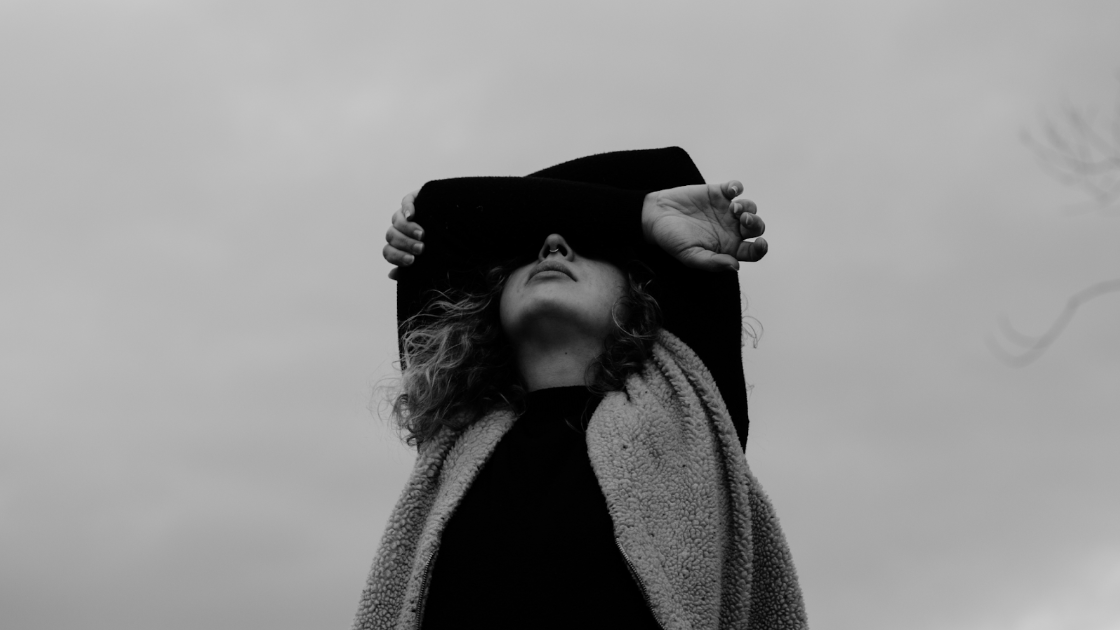

It’s unrealistic to expect to feel happy and joyful all the time. Feeling down and unhappy from time to time is a part of life. But how do you know when you’re experiencing the typical highs and lows or when it may be something more serious like clinical depression?
The first thing you have to evaluate is your symptoms.
What are you feeling?
How long have you experienced potential symptoms?
When did you start feeling this way?
It’s crucial you don’t shrug off feeling down for an extended period of time. Because if that’s the case, you may be dealing with some kind of depression, and it’s best to seek help from a qualified medical professional as soon as possible.
You’re probably already familiar with the term “depression.” In fact, you may be familiar with the well-known type of depression: major depressive disorder (MDD). But did you know there are several different types of depression? While many kinds of depression share similar symptoms, not all are alike in severity, timing, and scope.
To better evaluate symptoms you or someone you love may be experiencing, let’s explore the many different kinds of depression to see if seeking help is the next best step.
7 Most Common Different Types of Depression
The symptoms of the different types of depression range from overwhelming sadness and hopelessness to physical pain and even intrusive suicidal thoughts. According to the Diagnostic and Statistical Manual of Mental Disorders (DSM-5), to receive a depression diagnosis, you must present symptoms for two weeks or longer.
Understanding the different kinds of depression and their symptoms can help you stay proactive in recognizing if you or someone you love may need help.
Do You Have Hidden Depression? Hard-to-See Symptoms
Major Depressive Disorder (MDD)
Otherwise known as “clinical depression,” MDD is the most well-known type of depression. If you have major depressive disorder, you likely feel all-consuming depression almost every single day, making it extremely challenging to live with.
Aside from feeling sad, hopeless, and depressed, other symptoms of MDD include:
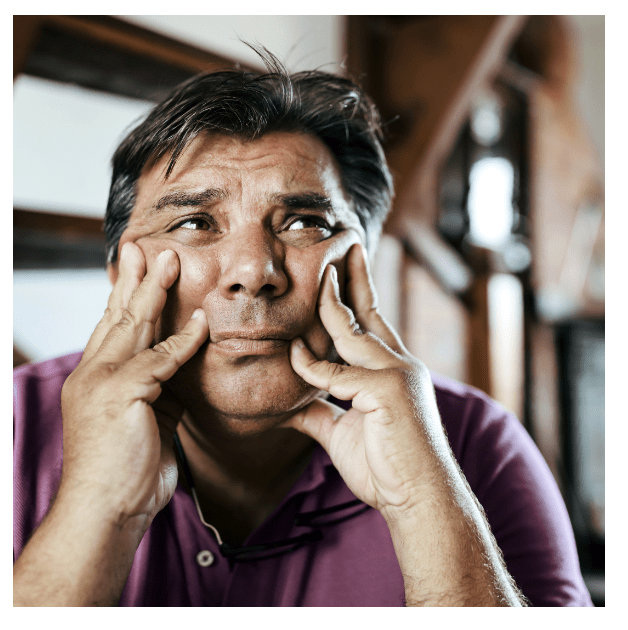
- loss of interest in activities you once enjoyed (including sex)
- feelings of guilt and worthlessness
- inability to focus
- irritability and lashing out at loved ones
- isolating yourself from others
- negative thinking
- feeling lethargic and fatigued
- weight loss or gain
- changes in sleeping patterns
- suicidal thoughts
Persistent Depressive Disorder (PDD)
Previously called “dysthymia,” if you have PDD, you have experienced a low mood for at least two years without reaching the intensity of the symptoms experienced when you have MDD.
While feeling low doesn’t necessarily mean you have depression, feeling depressed for a long time could indicate PDD, which can present as mild, moderate, or severe. Typically, you can function in your everyday life, but you likely feel joyless most of the time.
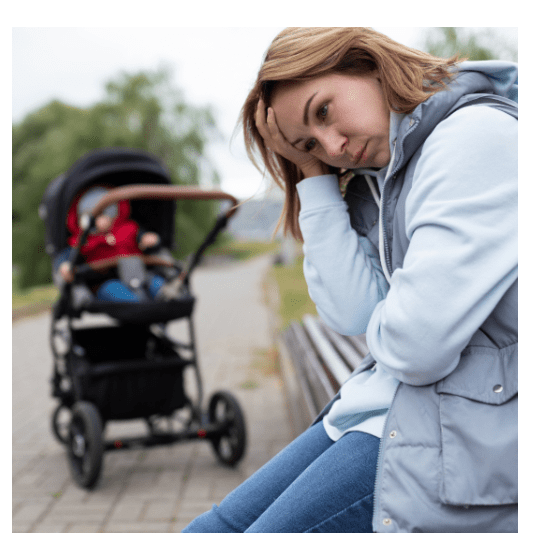
Other symptoms of PDD include:
- loss of interest and ability to find pleasure in things
- feeling guilty
- low self-esteem
- trouble falling or staying asleep
- sleeping a lot
- lack of energy
- difficulty concentrating
- appetite changes
Bipolar Disorder
If you have bipolar disorder, you experience extreme mood fluctuations and changes in behavior, sleeping, energy, and thinking. You can go from feeling extremely depressed to euphoric and energetic a few times per year, sporadically, or every week.
This type of depression can inhibit your ability to function at work, school, or in daily activities. Along with bouts of deep depression and euphoria, other symptoms of bipolar disorder include:
- fatigue and lethargy
- unexplained aches and pains
- low or loss of self-esteem
- anxiety
- irritability
- indecision
- disorganization
6 Myths About Postpartum Depression
Postpartum Depression (PPD)
Due to significant hormonal shifts during and after pregnancy, it’s common to feel sad after giving birth. This is known as the “baby blues.” However, if you feel extreme sadness, anxiety, and worry for several weeks after having a baby, you may be dealing with postpartum depression.
While PPD is treatable, many women don’t seek help for fear of seeming unfit to mother their child. But seeking help is crucial.
Other symptoms of PPD include:
- feeling distant from family and friends
- social withdrawal
- loss of interest in sex
- changing in sleeping and eating habits
- feeling tired all the time
- severe mood swings
- difficulty bonding with your baby
- loss of interest in activities
- feeling inadequate or worthless
- anxiety and panic attacks
- intrusive thoughts
- suicidal thoughts
Depression and Empathy: How One Affects the Other
Premenstrual Dysphoric Disorder (PMDD)
You’ve undoubtedly heard of premenstrual syndrome (PMS). And while PMDD is similar, it’s a more severe form of PMS. Typically, you experience symptoms shortly after ovulation, lasting until menstruation begins. While physical symptoms of PMDD, like breast tenderness, increased appetite, bloating, and aches mimic PMS, the mood symptoms are much more pronounced.
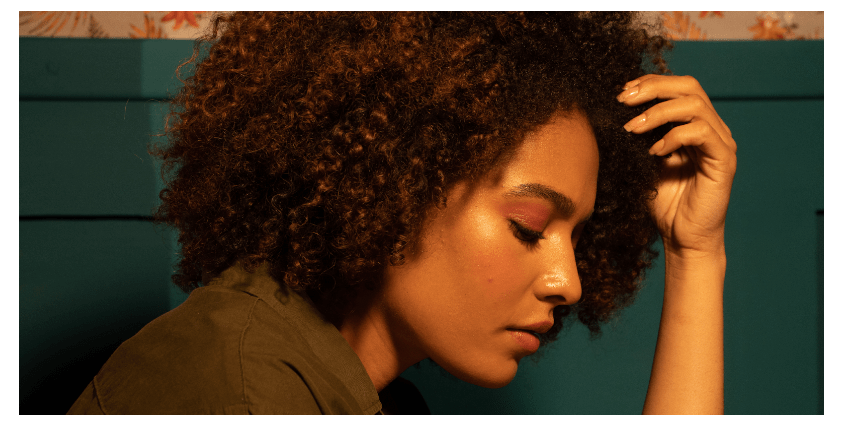
Additional symptoms of PMDD include:
- severe feelings of anxiety or stress
- mood swings
- bouts of crying
- irritability
- extreme fatigue
- feeling sad, hopeless, and critical of yourself
- difficulty concentrating
- food cravings or binge eating
Ketamine Therapy vs. Traditional Antidepressants
Seasonal Affective Disorder (SAD)
This kind of depression typically occurs during the darker winter months of the year. SAD is thought to be triggered by a disturbance in your circadian rhythm and is caused by the seasonal variation of the day and night pattern of light and dark.
The symptoms of seasonal affective disorder can be challenging to pinpoint but closely mimic the symptoms of MDD. However, SAD typically only occurs during certain months of the year.
Symptoms of SAD include:
- persistent sadness during certain times of the year
- low energy
- loss of appetite
- loss of interest in activities
- trouble concentrating
- feeling hopeless, guilty, or worthless
- social withdrawal
- suicidal thoughts
- oversleeping
- weight gain
- overeating and craving carbohydrates
Atypical Depression
This is one of the types of depression you may be less familiar with. When you have atypical depression, you experience depression symptoms such as sleeping too much, appetite changes, and sadness. But if you have a positive event coming up or something great happens in your life, those symptoms dissipate entirely.
While the name may make it sound like this kind of depression is uncommon, it’s more common than you may think. According to the DSM-5, approximately 15-29% of those with any type of depressive disorder have atypical depression.
Symptoms of atypical depression include:
- excessive eating or weight gain
- sleeping a lot
- feeling fatigued, weak, or “weighed down”
- intensive sensitivity to rejection
- strongly reactive moods
What is Prolonged Grief Disorder? Symptoms and Treatments
All Different Types of Depression Are Treatable
One of the most important things you must realize is that all kinds of depression are treatable. While some may be a bit more challenging than others, there is hope. You don’t have to live with any of the different kinds of depression listed (or even those not listed!)
Choosing to seek depression treatment in San Diego (or wherever you live) is one of the wisest decisions you can make for yourself and those around you. Therapeutic treatments like therapy, medication management, and ketamine treatments have been proven highly effective in helping you get back on your feet and overcome depression.
Having depression is not your fault. And getting help is easier than you may think.

BOLD Health: Your Choice for Quality Depression Treatment in San Diego
At BOLD Health, we provide several treatment types for all kinds of depression. No matter how long you’ve suffered with symptoms or their severity level, we’re here for you every step of the way.
Our experienced team of clinicians has helped hundreds of patients just like you. We can help you navigate through your symptoms and help you develop the tools and strategies you need to beat depression now and in the future.
We offer several options for depression therapy in San Diego, including:
- individual therapy
- group therapy
- family therapy
And because we are physician owned and operated, we are also fully equipped to provide the following:
- medication management
- ketamine treatment for depression
- intensive outpatient program (IOP in San Diego)
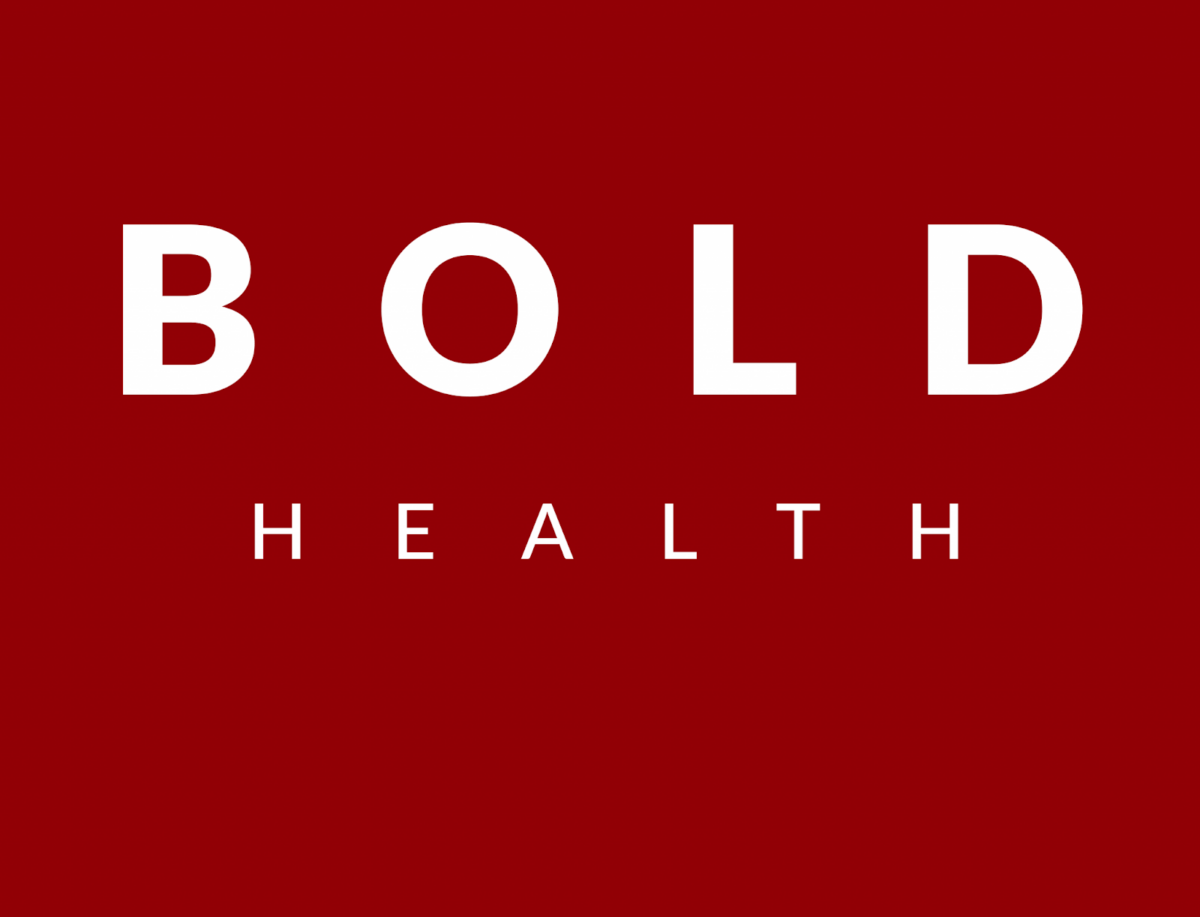
If you are in the San Diego area, you can receive depression treatment in San Diego at our beautiful facility in Encinitas. Or, if you are a California resident, we also offer depression therapy in San Diego and all of California via telehealth.
Please don’t put off getting the help you need to treat any type of depression. Contact us to learn more about our depression treatment options in San Diego and start feeling better faster.


